The IMF report entitled “Islamic Republic of Iran: 2011 Article IV Consultation”, welcomed the economic recovery, the decline in inflation, and the improvement in the external and fiscal positions in 2010/11 of the Iran.
IMF noted that the medium-term outlook remains positive on the strength of high oil prices and potential efficiency gains related to the recent subsidy reform.
-- Growth rebounded
The report said the country's economic growth has rebounded from a cyclical downturn in 2008-09, "spurred by a recovery in agriculture production, and higher oil prices." Even so, the gross domestic product growth of 3.2% in 2010-11 was slightly lower than the 3.5% recorded in 2009-10, according to the IMF.
The IMF said that the outlook for the Iranian economy is positive, "with growth expected to rebound in the medium-term" as a result of higher oil prices and expected efficiency gains from the removal of domestic subsidies.
Iran's official statistics say the country has to create nearly two million jobs a year in order to meet unemployment demands. The official five-year economic plan calls for an economic growth of at least 8% in order to gradually absorb unemployment, which some economists think is nearly twice the official 11.5% rate.
-- Subsidy reform
The IMF repeated its praise for Iran's reform of its subsidy regime, implemented in December 2010, which resulted in the removal of nearly $60 billion in annual product subsidies, equivalent to 15% of gross domestic product.
“The subsidy reform is expected to increase efficiency and competitiveness of the economy, improve income distribution, reduce poverty, and help Iran unlock its full growth potential”, the report added.
It welcomed the early success in the implementation of the subsidy reform, which is a critical step in enhancing energy efficiency, supporting growth, and moving further towards a market-based economy.
The report noted that cash transfers, financed out of the revenues arising from the energy price increases, were instrumental in supporting domestic demand, improving income distribution, and reducing poverty.
-- Fighting inflation
The IMF said Iran was successful in containing inflation in the aftermath of the subsidy reform falling from an average of 25.4% in 2008-09 to an average 12.4% in 2010-11.
“Building upon their success in reducing inflation from 25.4 percent in 2008/09 to 12.4 percent in 2010/11, the Central Bank of Iran was able to contain inflation in the aftermath of the subsidy reform. As a result, consumer price inflation has only increased from 10.1 percent in December to 14.2 percent at end-May 2011”, IMF stated.
IMF added, “Average inflation is expected to rise in 2011/12 because of a step increase in prices, but should come down in 2012/13 if the authorities implement sufficiently tight credit and fiscal policies. The fiscal balance and the current account surplus are projected to improve in line with the rise in oil prices in 2011/12.”
According to the report, other key macroeconomic indicators of the country continued to improve in 2010/11. The overall fiscal surplus is estimated at 1.7 percent of GDP in 2010/11, reflecting prudent spending policies. The current account surplus increased to 6 percent of GDP in 2010/11, in line with the recovery of oil prices.
-- Strengthening the banking sector
IMF welcomed the authorities’ efforts to strengthen the banking sector and agreed on the need to raise minimum capital adequacy and provision cover and put in place a comprehensive contingency preparedness framework.
It supported the recent decision to increase the central bank’s supervisory powers, but underscored that full autonomy would be necessary for the central bank to exercise its enforcement powers.
-- Privatization welcomed
IMF welcomed the authorities’ reform strategy based on privatization, a reduction of the role of the government, and market-based prices for energy and agricultural goods, with a view to achieving higher employment and growth.
The report considered it critical to restructure the enterprise sector through the adoption of energy-efficient technologies, while stressing the need to support the development of new growth sectors through labor market reforms, including adequate unemployment benefits.
The report also said that the full removal of subsidies and steadfast implementation of the ongoing tax and customs reforms are essential to further reduce Iran’s dependency on oil and natural gas.
HL
MNA
END



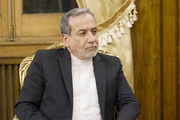


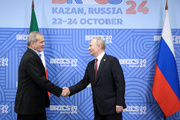
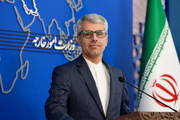
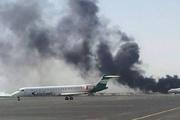


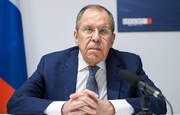











Your Comment